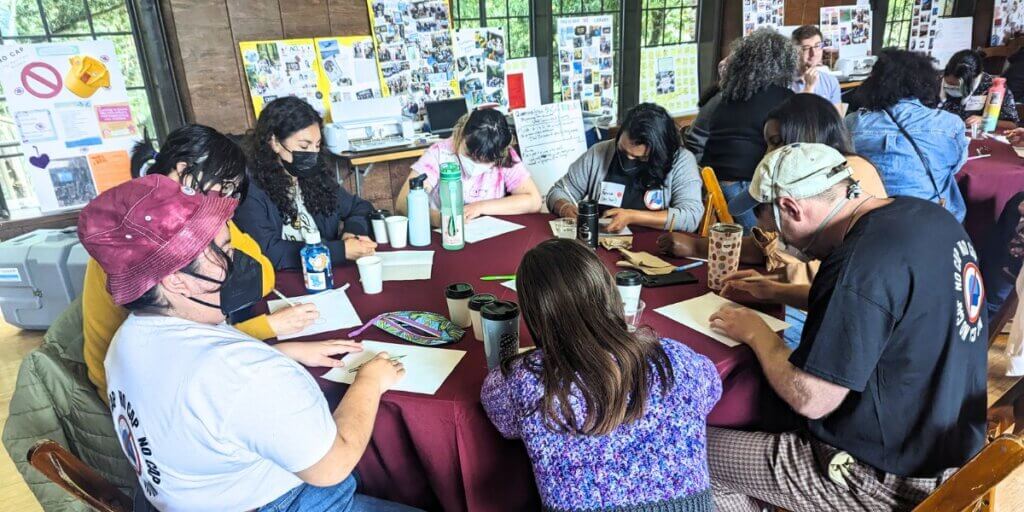Leveraging the Power of Apprenticeships
Leading a working group through a process to (re)define apprenticeships in California

In a continuation of our work with California’s Employment Training Panel (ETP), we recently wrapped up a 10-month design process to evaluate the efficiency, applicability and equity of funding apprenticeship program models. ETP sits under the Labor and Workforce Development Agency, and its mission is to provide funding to employers to assist in upgrading the skills of their workers through training that leads to good paying, long-term jobs.
This work came at a very opportune time as labor experts across the state laud the success of apprenticeship programs, while California’s governor has called for the creation of 500,000 apprenticeships by 2029.
ETP’s desire to further embed human-centered design (HCD) into its organization’s processes was reflected in the decision to leverage an internal design team and work with us on facilitating an Apprenticeship Working Group. From our perspective, this was a huge win for HCD in the public sector; a government entity that had experience using an HCD process and applied its methods again for decision-making that impacts multiple groups.

Project Goals
The Apprenticeship Working Group had three goals:
- Assemble a diverse and representative sample of invested stakeholders (Apprenticeship Working Group) to identify ways to review and disburse funding equitably.
- Identify low-effort and high-impact ‘wins’ for furthering the efficacy of apprenticeship programs.
- Recommendations for funding apprenticeship programs made in a way that aligns with the greatest needs and gaps in the current system.
The Apprenticeship Working Group was made up of both leadership, staff and Panel members for ETP, along with representatives from the Department of Apprenticeship Standards, the California Community Colleges Chancellor’s Office and administrators of apprenticeship programs. Our team, along with internal ETP staff, led the working group through a series of interviews and idea-generating sessions. While there is still work to be done on finding a ‘perfect’ model for funding, some small wins have been achieved, and the working group has committed to continuing to work together.
What Surprised Us
One of the most popular ideas that moved to prototyping had to do with better understanding how apprenticeship programs not only placed participants into jobs, but improved their quality of life. There was broad consensus among all members of the working group that apprenticeship programs provide expanded knowledge, support and future career movement for those who complete programs. As such, this prototype is an exit interview for apprentices who complete programs, to better understand how the programs have enhanced their lives.
Impact Measurement in Workforce Development
We know from our experience that this is an area where the workforce development field is looking to grow. How might we ensure that people are not just being placed in jobs, but are afforded the opportunity to improve their lives?
If this is something you or your organization are currently working on, we’d love to hear for you!



